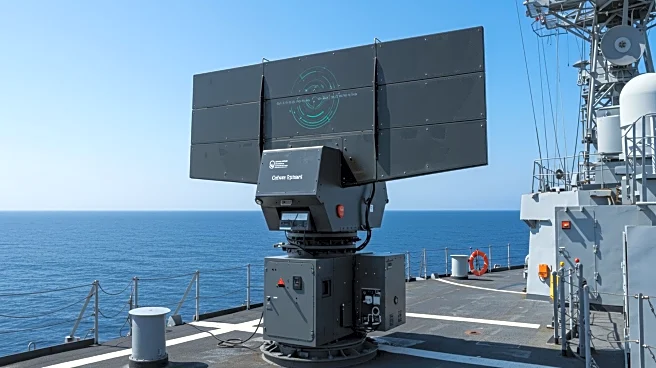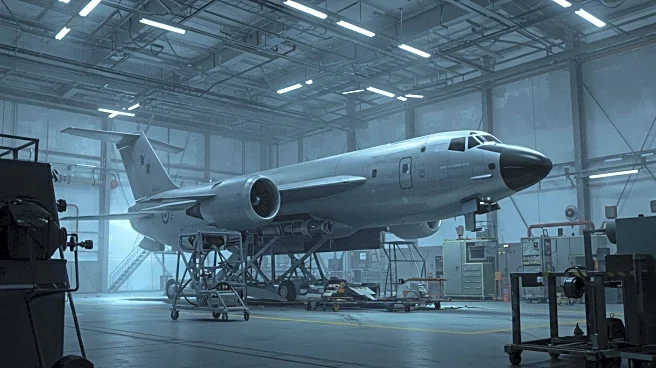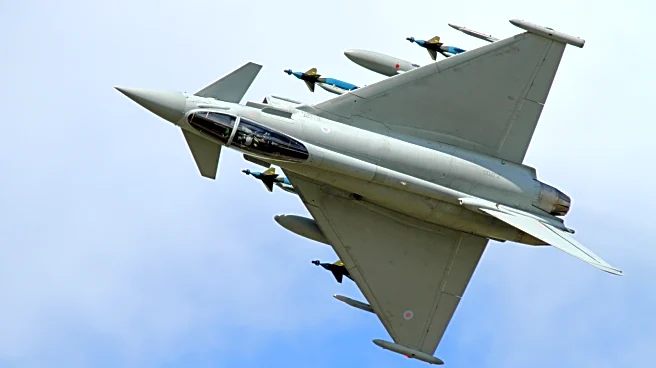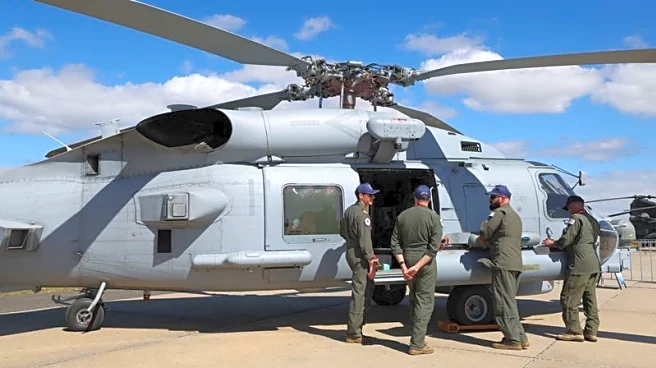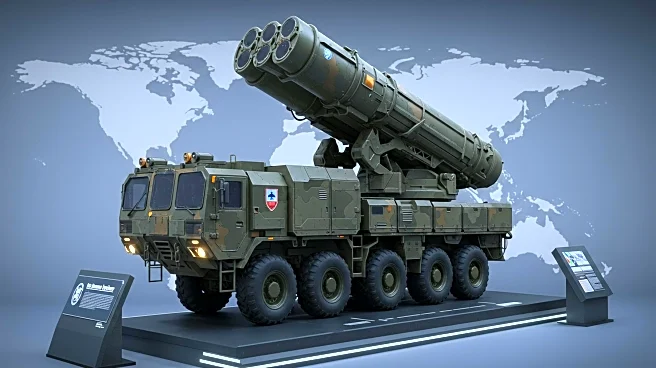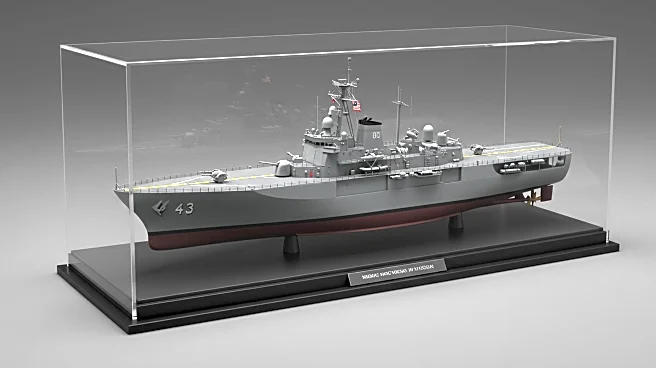Rapid Read • 8 min read
Sierra Nevada Corporation (SNC), a military systems integrator, has introduced a new aircraft design called the Freedom Trainer for the US Navy's Undergraduate Jet Training System (UJTS) contest. This competition aims to replace the aging Boeing T-45 trainers. SNC's Freedom Trainer is a twin-engined jet featuring a two-seat tandem cockpit equipped with Martin-Baker Mk18 ejection seats. It is powered by the Williams International FJ44-4M turbofan engine. SNC joins other competitors, including Boeing's T-7A, Textron's bid with the Leonardo M-346, and Lockheed Martin/Korea Aerospace Industries' T-50. The Freedom Trainer is designed to conduct field carrier landing practice (FCLP), simulating aircraft carrier landings at land-based airfields. Despite the US Navy's recent removal of the requirement for FCLP to touchdown, SNC emphasizes this capability as a training asset.
AD
The introduction of the Freedom Trainer by SNC adds a new dimension to the competitive landscape for the US Navy's jet trainer replacement program. This development is significant as it highlights the evolving needs of military training and the technological advancements in aircraft design. The competition among major aerospace companies like Boeing, Textron, and Lockheed Martin underscores the strategic importance of securing defense contracts, which can lead to substantial economic benefits and technological innovation. The ability to conduct FCLP, despite changes in requirements, suggests a focus on comprehensive training for naval aviators, potentially enhancing operational readiness and safety.
The US Navy is expected to release a final solicitation for the UJTS by the end of the year, with a contract award anticipated in January 2027. This timeline indicates that competitors will continue to refine their proposals and designs to meet the Navy's specifications. Stakeholders, including aerospace companies and military officials, will likely engage in discussions and evaluations to ensure the selected trainer meets future demands. The outcome of this competition could influence the direction of military training programs and impact the defense industry's economic landscape.
The Freedom Trainer's design and capabilities reflect broader trends in military aviation, such as the emphasis on simulation and advanced training methods. The removal of certain landing requirements by the US Navy suggests a shift towards more efficient and cost-effective training solutions. This change may lead to long-term shifts in how military training is conducted, potentially influencing future aircraft design and operational strategies.
AD
More Stories You Might Enjoy
